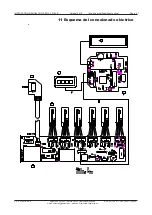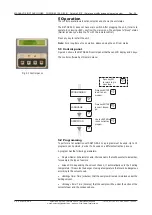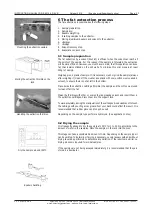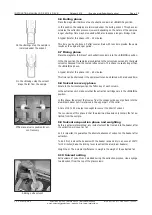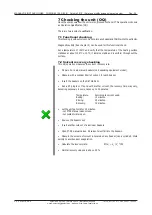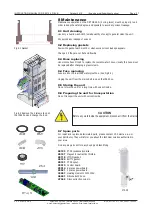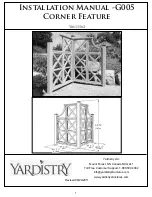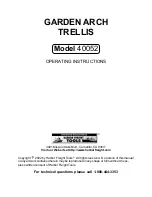
INSTRUCTION MANUAL CODE 80196 REV B
October 2019
(It can be modified without notice)
Page: 33
J
.P. SELECTA s.a.u.
Autovía A2 Km 585.1 Abrera 08630 (Barcelona) España
Tel 34 937 700 877 Fax 34 937 702 362
e-mail: selecta @jpselecta.es - website: http://www.jpselecta.es
6 The fat extraction process
The fat extraction process includes the following steps:
1. Sample preparation.
2. Sample dry.
3. Beakers weighting.
4. Inserting samples to the extractor.
5. Placing aluminium beakers and solvent to the extractor.
6. «Boiling»
7. «Rising»
8. Solvent recovery step.
9. Evaporation solvent step
6.1 Sample preparation
The fat extraction by a solvent (Soxhlet) is efficient when the solvent can reach all
the points of the sample. For this reason if the sample is triturated, the extraction
will be more efficient. However, you must have in mind, that this operation can loose
fat, that remains sticked on the mill walls. To minimize this error prepare at least
500gr of sample.
Weigh approx. 3 grams of sample. If it is necessary, crush or grind the sample (always
after weighing it) clean off the crusher receptacle with some cotton wool soaked in
solvent, to ensure there is no fat left in the bottom.
Place inside the extraction cartridge (thimble) the sample and the cotton wool used
to clean off all the fat.
Clean
the thimbles with ether or some other degreasing solvent and insert them in
the extraction cartridges. Place them into the support rack.
To work accurately, during the manipulation of the cartridges it is advisable not to touch
the cartridge with your fingers as grease from your hand could affect the result. It is
recommended that rubber gloves and tongs be used.
Depending on the sample type perform a hydrolysis. (See application notes)
6.2 Drying the sample
It is frequently advised to dry the sample at 105ºC for 1 to 24 hrs, according to the
amount of water in the samples. Place the samples in the rack into the oven.
This stage can take a considerable amount of time. Depending on the sample type it
can be omitted. To determine if drying is necessary, several assays with and without
drying should be performed to determine any variation. If the results are similar, no
drying process is required for similar samples.
If the samples are not being assayed immediately, it is recommended that they are
stored in a desiccator.
Beakers handling
Storing the extraction thimble on the
rack
Dry the sample around 105ºC
Mounting the extraction sample.
Handling the extraction thimbles.



